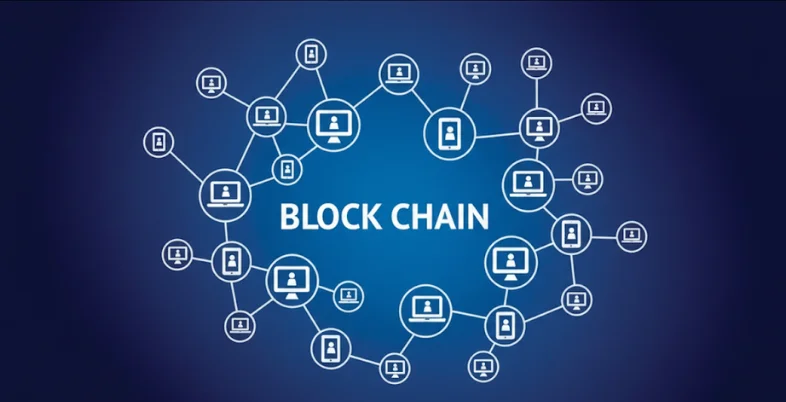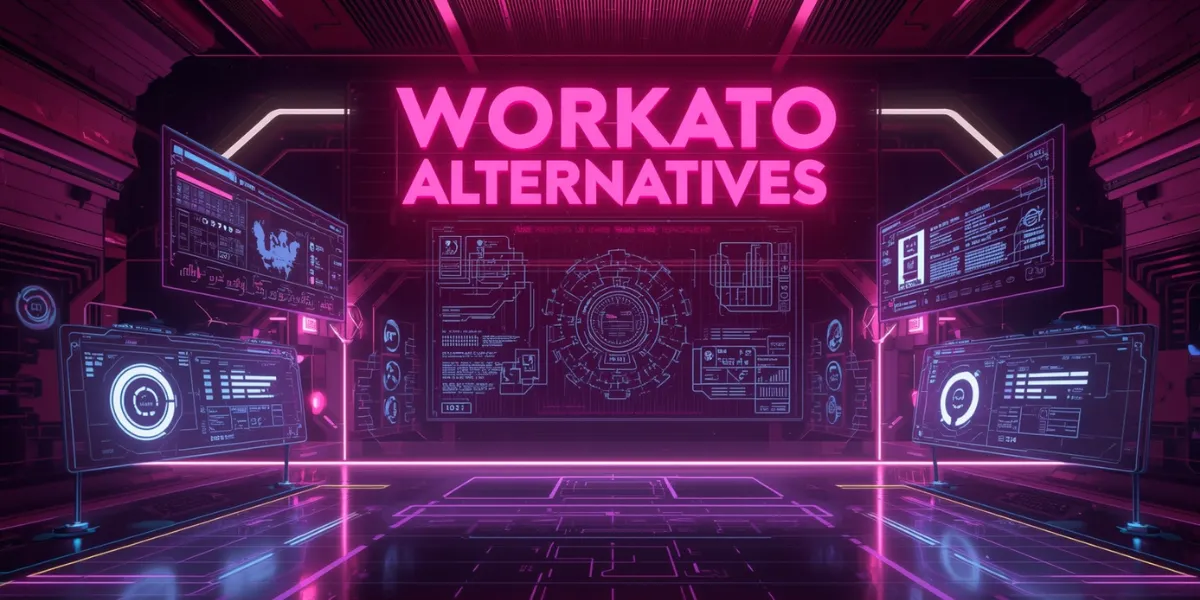From electricity lighting up the 19th century to smartphones taking over the 2000s, innovation has always come in waves, with each changing how people live and interact. Now and the next several years, it’s artificial intelligence and blockchain’s turn to shake things up. Remember, people want better and secure digital experiences. And because these two technologies can meet these needs, they are receiving a massive welcome across all sectors. This is why Precedence Research values the global blockchain market at $680.89 billion and expects it to reach $4.34 billion by 2034.
On their own, both technologies have already proven their potential. Artificial intelligence has made it possible for industries to access insights from large amounts of data at rates beyond human capabilities. At the same time, blockchain has redefined the meaning of trust in digital environments, providing tamper-proof ways of recording data. You only need to look at daily conversations around cryptocurrencies to understand how quickly it is moving into mainstream awareness.
Investors track Bitcoin, Ethereum or the XRP price USD as closely as they check stock tickers, not just out of speculation but because these digital assets are becoming a testbed for a new financial order. But the real magic happens when both AI and blockchain merge. Suddenly, systems become smarter and even more secure.
How AI can benefit from Blockchain
Solving the Trust Problem
You’d think by now everyone would trust AI, given its unmatched computational ability. However, according to Exploding Topics, only 8.5% of individuals trust this technology’s overviews. And that’s for one reason: accountability is always limited. Not everyone knows how the algorithms of the particular AI in question operate.
But with blockchain’s transparent digital record, users can now understand the framework behind the algorithms and even the data sources used. Its immutability prevents data from being manipulated after validation, which improves AI’s data integrity and thus boosts users’ confidence.
Several companies have lost customers because of false AI outputs. Coding tool company Cursor, for instance, saw customers turn away after its AI customer service bot confirmed a policy change that wasn’t true. It gets even worse when these tools make up false evidence in support of their misleading findings.

The Data Security Concern
Although artificial intelligence makes data analysis more effective, it also poses the risk of cyberattacks. Cybercriminals are now turning to it to advance their efforts. Imagine, with machine learning algorithms, these individuals can examine an organization’s defenses and adapt attacks to take advantage of its weaknesses.
Social engineering schemes such as impersonation have also become common. Recently, Eftsure reported that about six in ten users encountered deepfake videos within a duration of twelve months. As if that’s not enough, DeepStrike has noted a significant jump in deepfake content from 500,000 in 2023 to 8 million in 2025. You can’t afford to be average if you are to counter these AI-based scams.
As already mentioned, blockchain is immutable. It doesn’t allow alteration of information without leaving a trace. Applied to media, this means the network could stamp every content type at the moment of creation with a unique digital signature. Viewers would then be able to verify the authenticity of the content by checking its cryptographic record. If the file doesn’t match its original signature, it’s likely been tampered with. Building on this need for trust and regulatory clarity, partnering with a vara license support company can help media platforms operate within compliant frameworks while strengthening the credibility of their digital verification processes.
But again, proper collaboration is required for optimal results, given that blockchain can also be compromised. Nils Andersen-Röed, Global Head of FIU at Binance, says that, “Despite advanced privacy tools, every crypto transaction leaves a trace – a crucial asset for modern law enforcement. As crypto crime grows more complex, global cooperation and strong public-private partnerships are not optional but essential.”
On the Flip Side, AI can also benefit Blockchain
If you’re familiar with blockchain’s data mining, you know how problematic finding the correct combination can be. The networks generate enormous amounts of transactional data, which can be challenging to manage and analyze. And as the networks grow, data increases, demanding that analytics tools and algorithms scale to handle the growth effectively.
Thankfully, AI offers a more intelligent alternative to get started. It can quickly sift through records to detect anomalies and patterns that humans or even traditional analytics tools would struggle to spot. And when it comes to scalability, artificial intelligence is also handy. It can help optimize data indexing, compression, and retrieval, and thus, improve network speed. Incorporating AI-powered predictive analytics allows blockchains to anticipate network congestion and recommend solutions, ensuring optimal performance, even in peak seasons.
Asif Mahmud and other researchers recently published a report on ScienceDirect claiming that cryptocurrency mining data centres consume at least 100 times more energy than conventional offices. This has been one of the main pain points of blockchain technology. To overcome this, artificial intelligence can help streamline operations, reducing the effort invested in data mining.
This is without mentioning how the technology can help improve transaction efficiency. P2P transactions, for instance, cost about $9.067 trillion yearly because of repetitive tasks each blockchain node performs. Artificial intelligence helps to overcome this redundancy by spotting nodes likely to deliver the solution quickly.
The AI-Blockchain Marriage in Action
About two years ago, AI experts and former Binance Labs leaders launched the Sahara AI to help democratize artificial intelligence environments. This full-stack, AI-based blockchain infrastructure features a layer-1 blockchain compatible with the Ethereum Virtual Machine (EVM), paired with off-chain AI processing capabilities.
According to data from crypto exchange Binance, the technology is quickly becoming a global phenomenon, attracting over 3.3 million on-chain accounts. In fact, it made it to CBInsights’ 2025 list of the most promising artificial intelligence startups. With a Data Services Platform, an AI Developer Platform and a decentralized AI Marketplace, this innovation is expected to make the future of AI more equitable and accessible to all.
Things like trust and sustainability have become non-negotiable elements of survival. With the number of cyberattacks increasing daily, internet users must now be extra cautious as they interact. Not forgetting, cybercriminals are also drawing upon technology to advance their schemes. This explains why deepfakes are becoming popular at an unprecedented rate. Organizations must, therefore, find ways of survival.
Adding blockchain to AI frameworks can help address such cybersecurity concerns. But this does not mean this technology comes without challenges. Besides being energy-inefficient, networks like Bitcoin can also be compromised by cybercriminals. In 2024 alone, hackers stole more than $2.3 billion worth of crypto assets, which was a 40% increase from 2023’s $1.69 billion.
Combining the two technologies can help reduce these numbers. Although AI allows real-time detection of malicious activities, blockchain offers an immutable ledger that ensures data integrity. This results in a more robust system that is difficult to hack.



